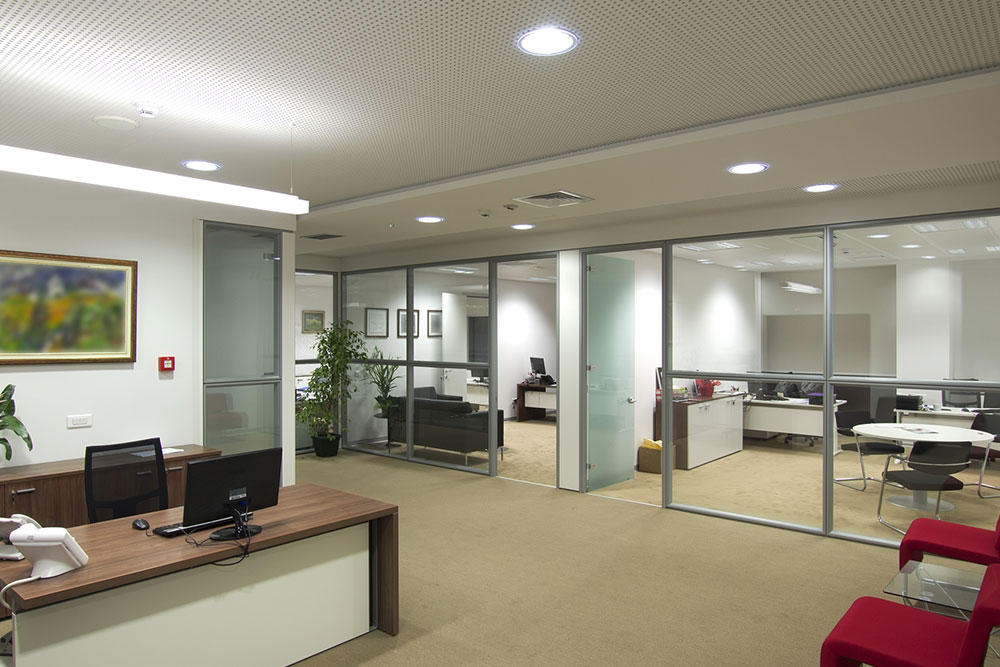6 mistakes to avoid when buying office furniture

The best workplaces are those where employee health and well-being are prioritized just as much as impressive quarterly numbers or client conversion. Similarly, furniture is a significant component of workplaces as it is used almost throughout the 8 or 9 hours that any work shift lasts. This is why buying office furniture is never just about randomly spending on tables and chairs. That said, here are some mistakes to avoid when buying furniture for offices:
Overspending without a strategy
Buying furniture without a strategy is a common mistake made by new organizations. Ultimately, overspending on furniture pieces without a plan leads to money wastage for employers and disappointment for employees. Those who purchase furniture for employees must consider the intended usage of all the furniture they have shortlisted to buy. This consideration involves thinking about how, for example, a chair would function effectively for the person sitting on it for the next few days, months, and years without breaking down.
Buyers should create a checklist of furniture and machinery they already possess in their office. If some pieces require upgrading or replacement, then those should be prioritized for expenditure. For efficiency, each piece should be able to perform its intended function reliably for as long as feasible without compromising on comfort, ergonomics, and other essential features.
Skimping over quality
When purchasing furniture for the workplace, many employers are tempted to cut corners and opt for the cheapest option available. However, they fail to recognize that low-quality furniture often requires frequent repairs and replacement, which can cost more in the long run. Moreover, inexpensive and poorly made furniture also poses a significant risk to the safety and well-being of employees. Any issues arising from such furniture can lead to legal troubles, resulting in hefty settlement fees, penalties, and legal expenses. It is, therefore, crucial for employers to invest in high-quality furniture that is durable and can keep all parties satisfied and focused on their responsibilities without any safety concerns.
Choosing mismatching colors
The furniture pieces in any office space are crucial components that contribute to the workplace’s overall aesthetics and design language. However, some employers fail to recognize this, resulting in mismatched shades on walls and furniture that do not complement the office’s overall aesthetics. Such a selection of furniture can negatively impact an organization’s reputation. Moreover, bright and awkward colors can make an office look like a nursery without a professional ambiance. Therefore, employers must choose matching colors for wall paints and furniture in shades such as gray, white, green, gray and white, white and brown, and similar others to create a visually pleasing and well-coordinated workspace.
Disregarding employee feedback
It is common for employees to spend a significant amount of time seated on chairs or using tables and cabinets in their office. Employers need to involve their employees in the decision-making process when it comes to selecting office furniture. Failure to do so can result in a negative impact on employee satisfaction and productivity. One way to involve employees is to ask for their opinions directly by having them share their thoughts with HR executives. Alternatively, organizations can use opinion boxes and chits to gather feedback, which can be especially useful for introverted individuals who may prefer to express their views in writing. Companies can foster a positive work environment and boost employee morale by allowing employees to have a say in selecting office furniture or any other area that can affect productivity.
Placing style over comfort
Office furniture is an essential component of any workspace. In particular, furniture items such as chairs and tables are critical to ensuring employee comfort. Employees spend considerable time sitting on chairs and using tables to place their work laptops. Therefore, it is essential to ensure that the furniture is comfortable and does not cause discomfort to the employees. Failure to provide comfortable furniture can lead to employees lacking motivation, and eventually, they may seek employment opportunities elsewhere. Many employers prioritize the style and aesthetics of their office furniture over comfort, which is not ideal. While it is crucial to maintain a stylish and upbeat workspace, comfort should be the top priority when selecting office furniture. Comfortable furniture items can help boost employee morale and overall productivity. Therefore, it is essential to prioritize employee comfort when selecting office furniture.
Overlooking office ergonomics
Many employees across the country suffer from health problems such as posture damage and joint pain due to poor ergonomics in their office furniture. An ergonomic office is one where chairs and tables are the right height so employees do not have to strain to reach their laptops on the desk. In addition, ergonomic chairs come with various height and lumbar adjustments for employees of different sizes to adjust them for comfort. Consider this – if the employees are comfortable, they will be more productive and motivated. Additionally, ergonomic furniture ensures that they experience less muscular strain, aches, and pain, which leads to fewer days off and sustained high levels of engagement in their tasks. It’s important to view getting the right furniture as an investment in an office’s physical infrastructure that prioritizes employees’ well-being.